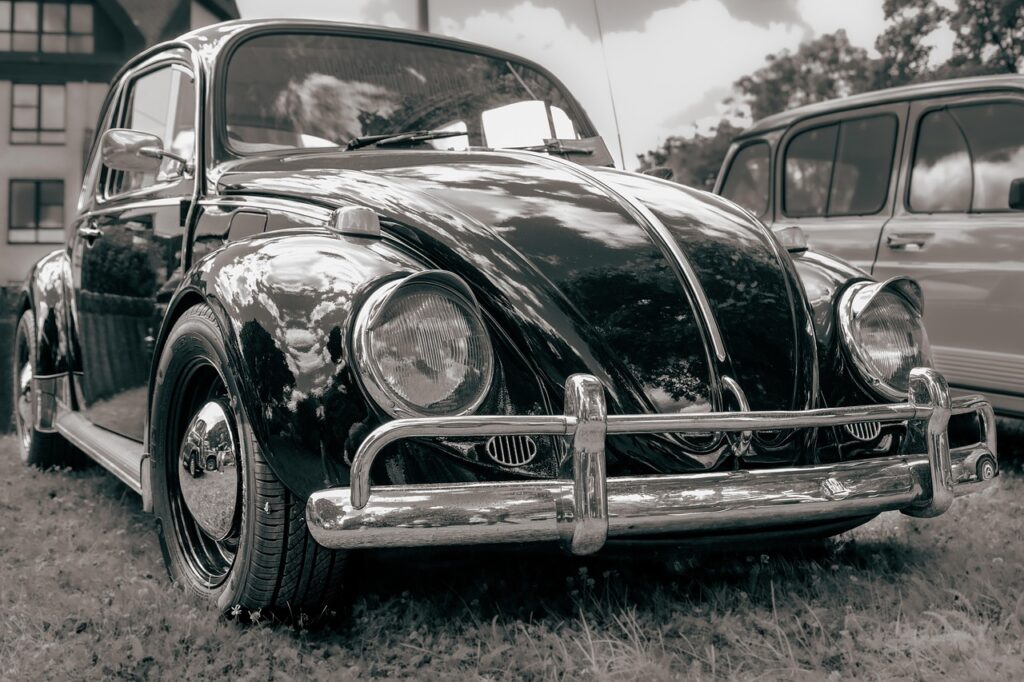Paint protection film (PPF) is a clear, durable polyurethane layer applied to a vehicle’s surface to guard against chips, scratches, and other daily wear. It helps maintain the car’s paint in near-original condition by protecting against stone chips, road debris, bug damage, and UV exposure. This film remains almost invisible once installed, preserving the vehicle’s appearance without altering its look.
Many car owners choose PPF for its ability to provide long-lasting defense without frequent maintenance. Different brands offer varying thicknesses and qualities, but all aim to shield automotive paint from environmental and physical damage. Understanding how PPF works and the options available can help buyers make informed decisions about preserving their vehicle’s value and aesthetics.
Benefits of Paint Protection Film for Cars
Paint protection film for cars enhances a vehicle’s durability and maintains its appearance. It guards the paint against physical damage and environmental exposure, which can otherwise degrade the finish over time.
Protection Against Scratches and Chips
PPF acts as a strong barrier against common sources of paint damage like rock chips, gravel, and road debris. Its urethane layer absorbs impacts that would otherwise leave chips or scratches on the paint surface.
This protection is especially valuable for drivers who often travel on highways or unpaved roads where loose debris is prevalent. The film’s self-healing properties can reduce the visibility of minor scratches, maintaining a smooth, clean finish without the need for frequent touch-ups.
Preserving Vehicle Resale Value
Maintaining the exterior condition of a car is crucial when reselling. PPF helps keep the paint looking new, reducing the likelihood of blemishes that lower a vehicle’s market value.
By shielding the original paint, PPF reduces the need for repainting or costly repairs. This protection can be a significant selling point, as prospective buyers view a well-maintained finish as an indicator of overall vehicle care.
Resistance to Environmental Damage
PPF protects car paint from damage caused by ultraviolet (UV) rays, which can lead to fading and discoloration. It also shields against contaminants such as bird droppings, tree sap, and road salt that can etch or stain the paint.
This comprehensive protection minimizes deterioration from weather and pollution. As a result, a vehicle’s finish remains vibrant and intact even after prolonged exposure to harsh environmental conditions.
Choosing and Installing Paint Protection Film
Selecting the right paint protection film involves understanding different material types and weighing options between professional installation and DIY methods. Proper maintenance is essential to prolong the film’s effectiveness and appearance.
Types of Paint Protection Films
There are several types of paint protection films, primarily differentiated by thickness, finish, and material composition. Most PPFs are made from a clear polyurethane film, typically around 6 mils thick, offering a balance of durability and flexibility.
Films can come with self-healing properties to diminish minor scratches over time. Finishes include glossy, matte, and satin, allowing customization according to the vehicle’s look.
Choosing high-quality brands with warranties ensures longevity. Some films feature UV protection and stain resistance, which help maintain the vehicle’s factory finish against environmental damage.
Professional vs. DIY Installation
Professional installation usually results in a flawless fit and maximum film performance. Experts use specialized tools and techniques for surface preparation, alignment, and wrinkle-free application, reducing the risk of bubbles or lifting.
DIY installation kits are available, but success depends on skill, patience, and proper environment control. Common challenges include properly cleaning the surface, precise cutting, and bubble removal.
Costs differ appreciably: professional services can be expensive but often include warranty coverage, while DIY kits are cheaper but carry risks of improper application that diminish protection and appearance.
Maintenance Tips
Maintaining paint protection film is straightforward but requires regular attention. It should be cleaned with pH-neutral soaps and soft microfiber cloths to avoid scratches.
Avoid harsh chemicals, abrasive pads, and automatic car washes that use brushes. Periodic inspection of edges helps detect lifting early, which can be repaired to prevent water or dirt infiltration.
Waxing and polishing should be done with compatible products, and high-pressure washers should be used cautiously, keeping the spray direction parallel to the film edges.



